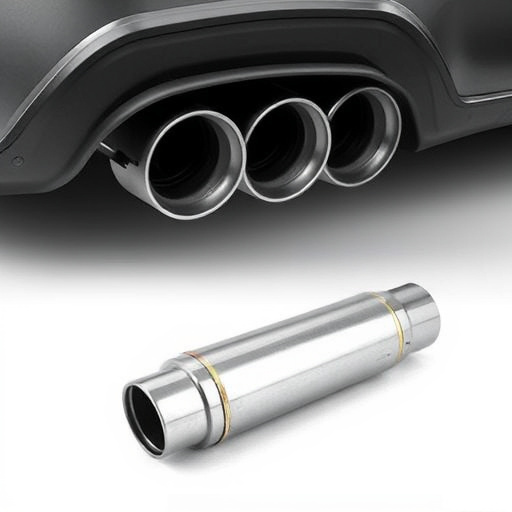When an employee experiences a spine injury on the job, understanding their rights and the process for filing a "spine injury workers comp" claim is essential. Steps include promptly reporting the incident, seeking medical attention, filing a formal claim with the relevant board, and working with a claims adjuster who may offer benefits like spinal adjustments and chronic pain management. Workers Comp provides financial assistance, non-invasive treatments, rehabilitation, and therapy to support recovery, restore independence, enhance quality of life, and facilitate a return to work. Immediate safety, prompt medical attention, documentation of the incident, and reporting to the employer are crucial first steps in navigating the claims process.
If you’ve suffered a spine injury on the job, understanding your rights and the benefits available under workers’ compensation is crucial. This comprehensive guide delves into the intricacies of spine injury workers’ comp claims, outlining the benefits and entitlements you’re entitled to. From understanding the claim process to navigating the aftermath of an accident, this article equips you with knowledge to advocate for your well-being and financial security.
- Understanding Spine Injury Workers Comp Claims
- Benefits and Entitlements for Spinal Injuries
- Navigating the Process: What to Expect After an Accident
Understanding Spine Injury Workers Comp Claims

When an employee suffers a spine injury on the job, understanding their rights and the process for filing a workers’ compensation claim is essential. “Spine injury workers comp” claims encompass a wide range of injuries affecting the back, neck, and spinal cord. These can include herniated discs, spinal stenosis, and even paralysis. The first step for an injured worker is to report the incident promptly to their employer and seek medical attention.
The subsequent process involves filing a formal claim with the appropriate workers’ compensation board. This claim will detail the nature of the injury, its impact on work capabilities, and the medical treatments required. From here, a claims adjuster will review the case, potentially leading to an offer of benefits, which may include medical coverage for treatment, including spinal adjustments and chronic pain management. For conditions like sciatica, relief measures might also be covered under these workers’ comp benefits.
Benefits and Entitlements for Spinal Injuries

In the event of a spine injury, understanding your workers’ compensation (Workers Comp) benefits is crucial. Workers Comp provides essential support and entitlements for individuals who suffer work-related injuries or illnesses. This includes financial assistance to cover medical expenses and lost wages during the recovery period. One of the key aspects of care for spinal injuries is ensuring proper muscle recovery, which can be facilitated through a range of non-invasive treatment options.
Spine injury Workers Comp benefits extend to various forms of rehabilitation and therapy designed to improve mobility and restore function. This may involve specialized physical therapy programs tailored to address specific back or neck conditions resulting from car accident injuries or other work-related incidents. The goal is to help individuals regain their independence, enhance their quality of life, and return to the workforce when medically appropriate.
Navigating the Process: What to Expect After an Accident

After suffering a spine injury on the job, navigating the workers’ compensation process can seem daunting. The first step is to ensure your immediate safety and seek medical attention as soon as possible. This initial phase involves documenting the incident, reporting it to your employer, and obtaining proper treatment for your injuries, including potential post-injury care and sciatica relief or pinched nerve relief if these are part of your symptoms.
During this time, you’ll likely need to fill out necessary paperwork related to workers’ compensation claims, such as forms detailing the accident, your injuries, and medical treatments received. Your employer should provide guidance on these procedures, ensuring a smooth transition into the next phase where you’ll receive further support and benefits based on your specific injury and its impact on your ability to work.
If you’ve suffered a spine injury on the job, understanding your rights and the benefits available through workers’ compensation is crucial. This article has outlined key aspects of navigating a claim, from recognizing symptoms and filing a claim to securing entitlements like medical coverage, income replacement, and permanent disability compensation. By familiarizing yourself with these processes, you can confidently move forward after an accident, ensuring you receive the necessary support for your spine injury workers’ comp claim.














